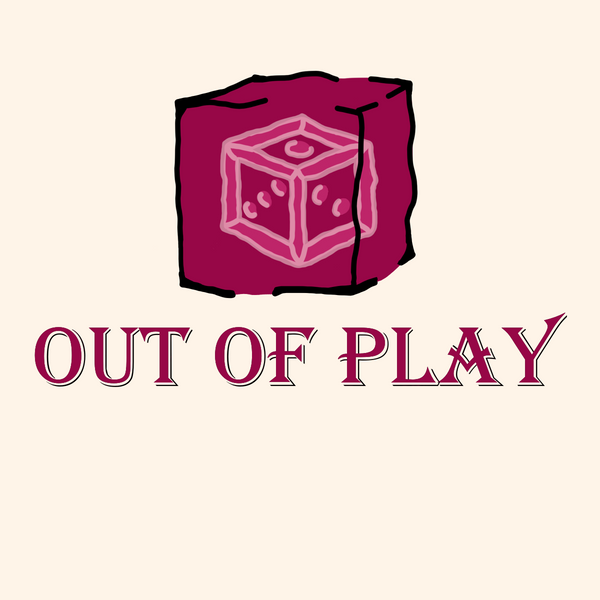Prototype: My Exploration of Mechanisms
As the owner of Out of Play, an online shop specializing in board and card game accessories, I may not get to play as much as I'd like these days. However, my passion for tabletop gaming has led me to explore game design as a hobby. It's a way for me to stay connected to the hobby I love, even when life gets in the way of regular game nights.
In my journey as a game designer, I've had the opportunity to experiment with a variety of mechanisms, some more successful than others. Today, I'd like to share a few of my recent explorations and the lessons I've learned along the way.
Experimental Mechanisms
Hidden Information Game
One of my recent experiments was a hidden information game where two players take on the roles of a scientist and a creature. The scientist rolls three dice and chooses a food column, while the creature must signal (without speaking) whether they've been fed the right things.
The concept was intriguing, as I'm particularly interested in the challenges of working with hidden information and non-verbal communication. However, in practice, the game felt a bit too simple, and I struggled to find the right balance between functionality and engagement.
Despite its shortcomings, this project taught me valuable lessons about the importance of playtesting and the need to find that sweet spot where a game is both mechanically sound and genuinely enjoyable.
Submarine Battle Postcard Game
Another experiment of mine was a game played on postcards, where players take on the role of a submarine battling monsters. The submarine deals damage based on filling in the monster using the shape of the pips, rather than true polyominoes. The monsters, in turn, would roll dice, and the submarine would mark off the damage on its parts.
While the concept was intriguing, I couldn't quite get the gameplay to click. The challenge of balancing the roles of both the submarine and the monsters proved to be more difficult than I had anticipated. As a solo design, it was challenging to ensure a fair and engaging experience.
This project has taught me the importance of considering the player experience, especially when it comes to asymmetrical designs. I plan to revisit this game in the future, reworking the mechanics to create a more seamless and enjoyable gameplay experience.
Ongoing Project: Bee Nectar Roll and Write
One of my current projects that I'm particularly excited about is a roll and write game about bees collecting nectar. The premise is simple: players make flowers based on dice rolls, with the numbers determining the number of petals. They then race to collect the nectar before it disappears, bringing it back to the hive.
The delayed gratification aspect of this game, where players have to plan their routes and make strategic decisions about flower placement versus movement, is something I find particularly engaging. The inspiration for this game came from an unexpected source - the classic video game Hungry Hippos, which sparked the idea of a race to collect a limited resource.
I'm confident that this project will continue to evolve and become a successful addition to my game design portfolio. The combination of dice-based mechanics, resource management, and a unique theme is something I believe will resonate with players.
Conclusion
Each project has taught me valuable lessons about mechanism design, player experience, and the importance of playtesting. While my art skills may leave much to be desired, I find immense joy in the process of creating games. From exploring classic mechanisms to drawing inspiration from unexpected sources, the act of game design allows me to stay connected to the hobby I love, even when life gets in the way of regular game nights.
I may run a shop that caters to tabletop enthusiasts, but I'm also a designer at heart. And as I continue to explore new mechanisms and refine my craft, I'm excited to see what the future holds for my game design endeavors.
